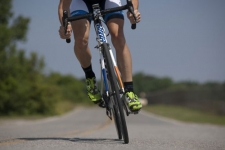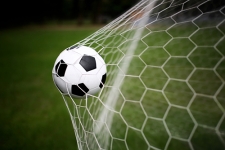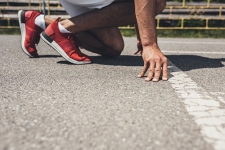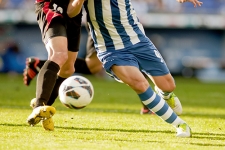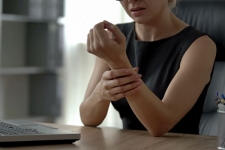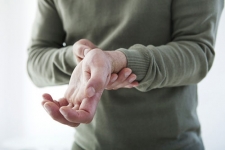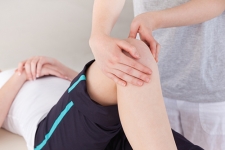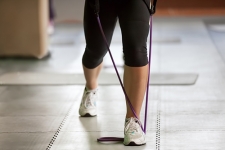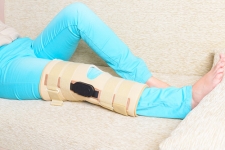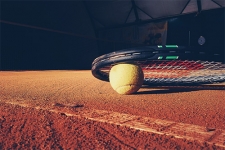Overuse Injuries – Part 1
With all of those activities – especially when started up again after a few months of cold weather inactivity – injuries can easily occur. One type of injury that you don’t hear very much about, though, is “overuse injuries”. So, we thought now would be a GREAT time to discuss some of the most common overuse injuries that we see so that YOU know what to look out for…or, better yet, avoid all together!

